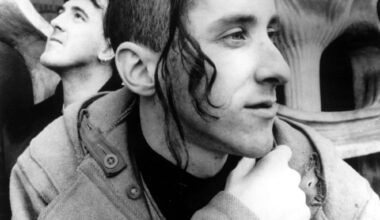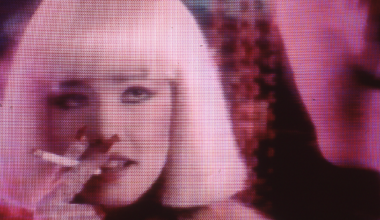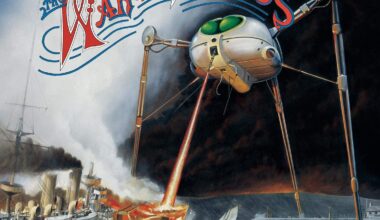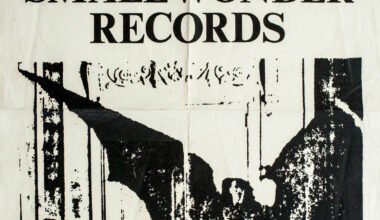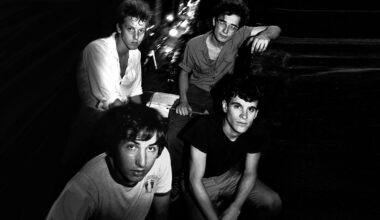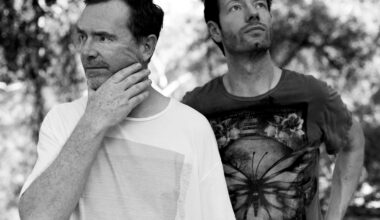Anna Domino talks us through the making of ‘Lake’ from her 1987 Les Disques Du Crépuscule-released album, ‘This Time’
Want to read more?
Sign up to Electronic Sound Premium to gain access to every post, video, special offers, and more. 100%, all you can eat, no commitment, cancel any time.
Already a premium member? Log in here
